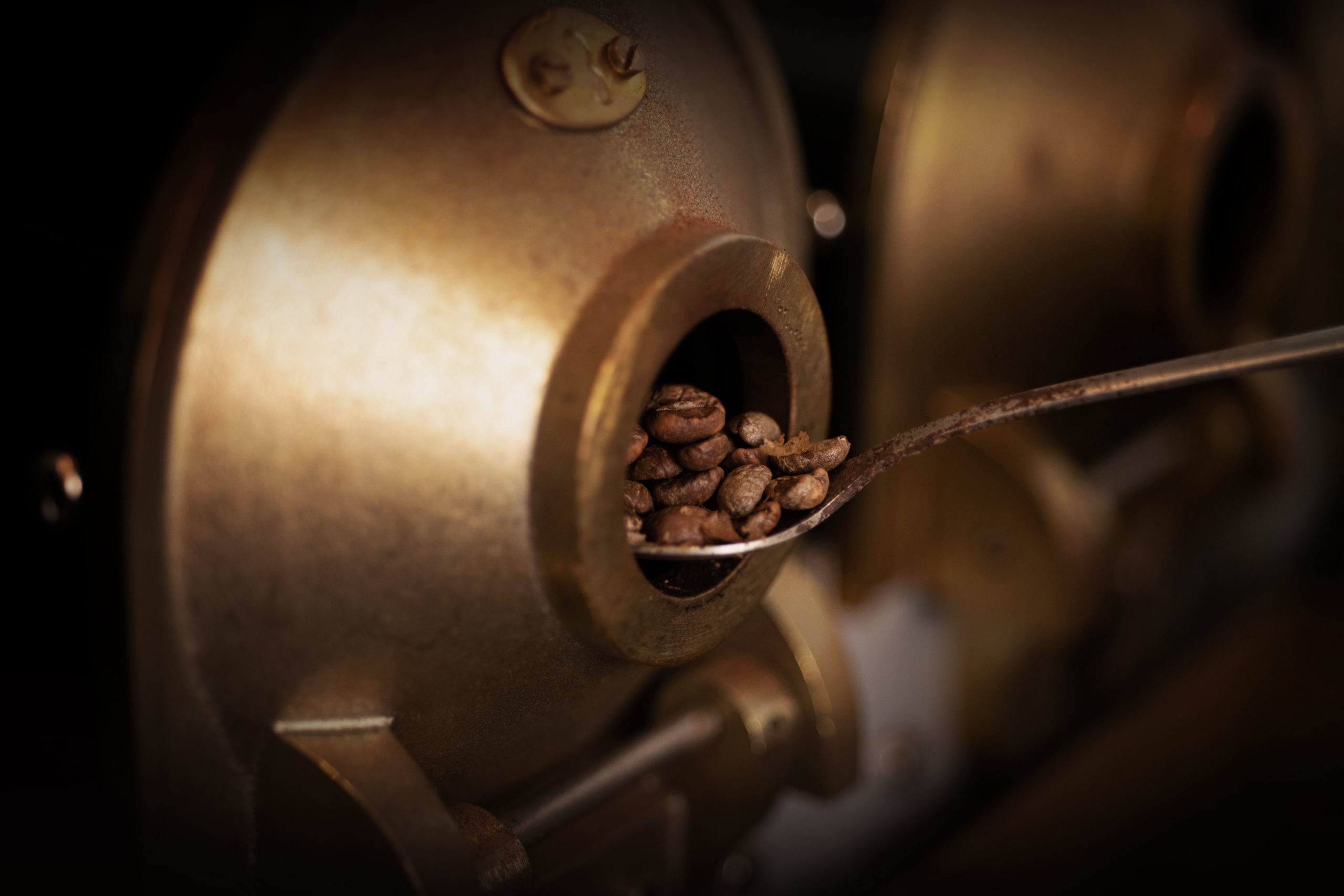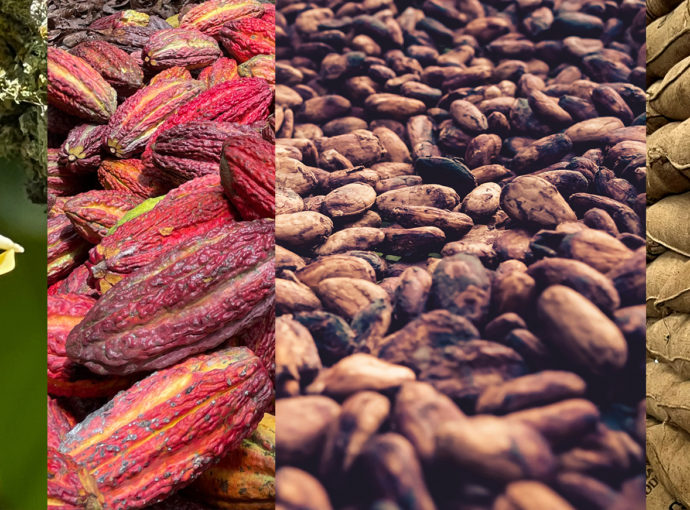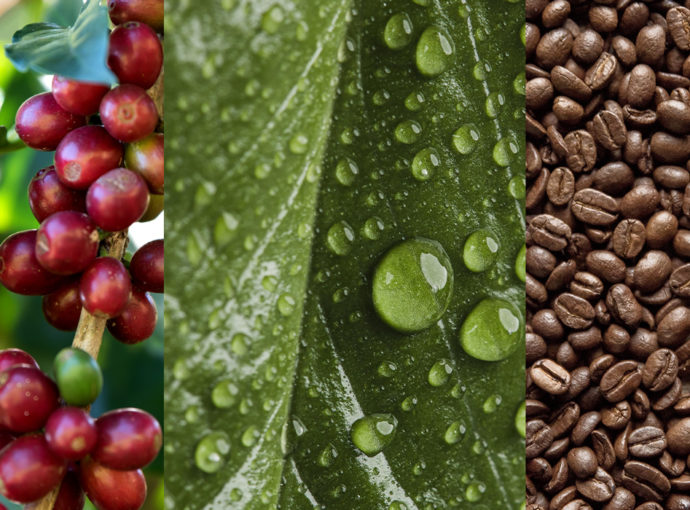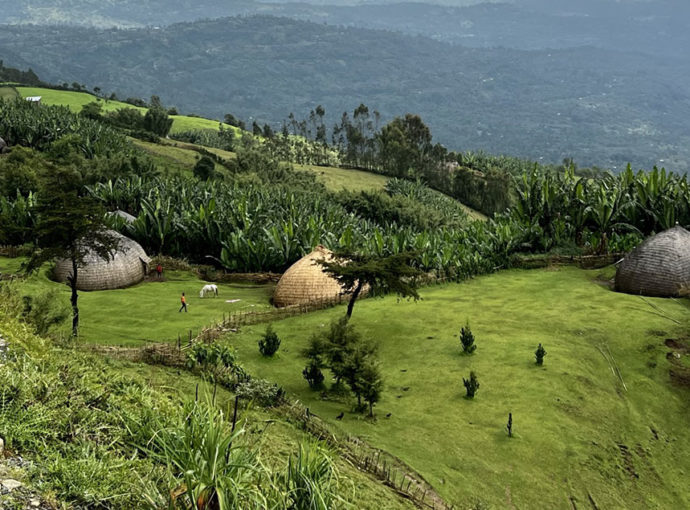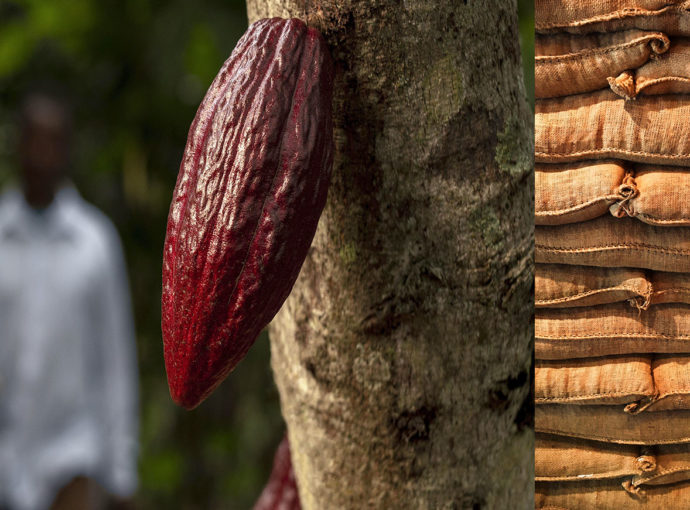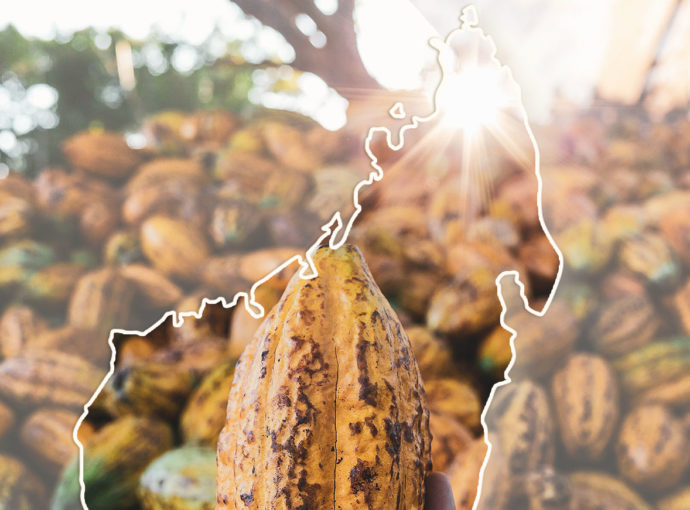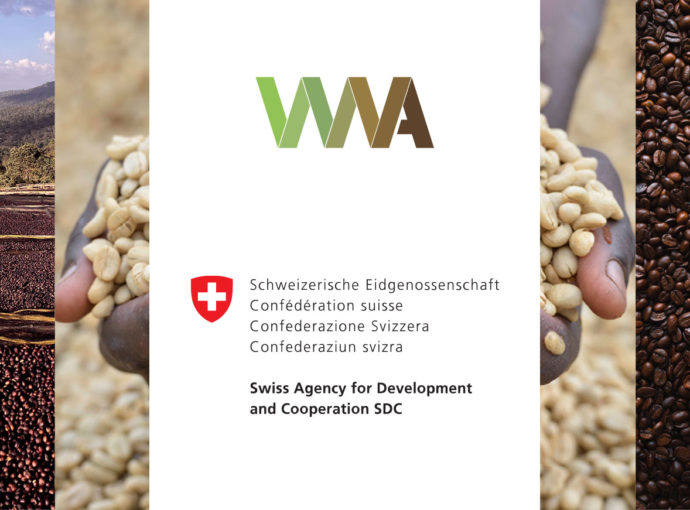New Walter Matter Cupping Lab in Ethiopia
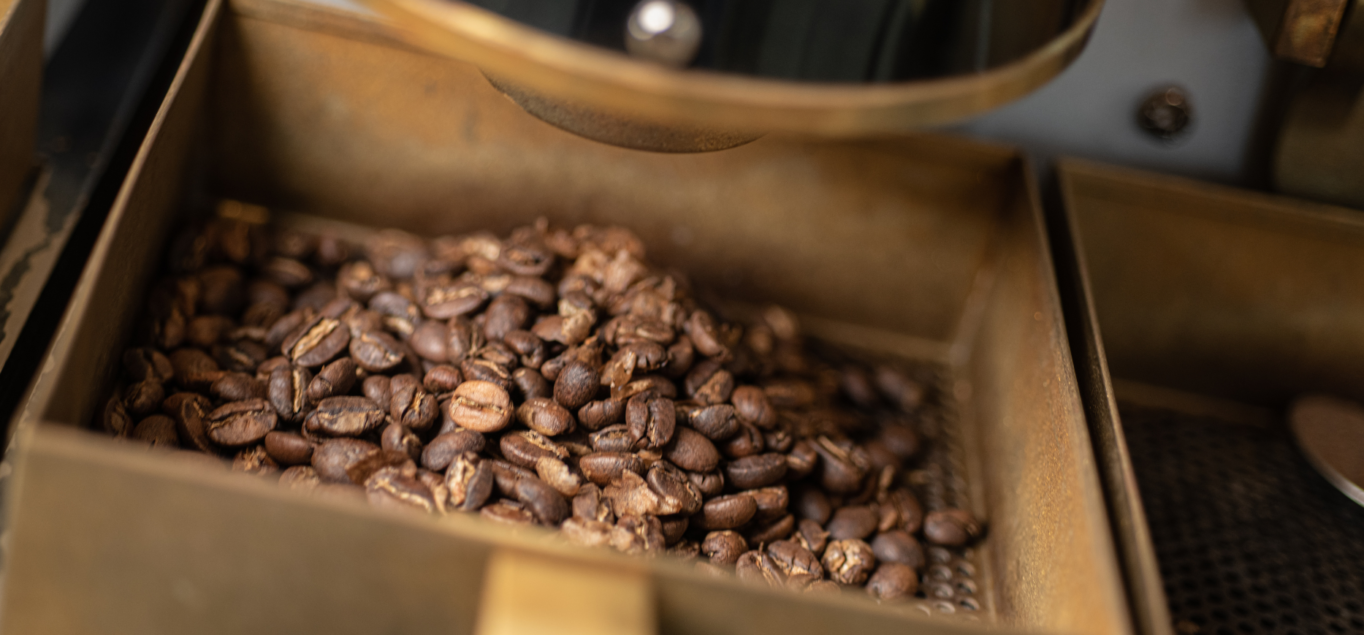
Walter Matter’s growing presence in Ethiopia includes both an office in Addis Ababa, opened in April 2022, and more recently a new cupping lab.
Our presence there brings us closer to local partners and clients in a country that is vital for our business. Every year, Walter Matter SA exports about 500 containers of coffee from Ethiopia to the rest of the world, equal to about 9,500 tons. To date, most samples have been tested in Geneva. Our new cupping lab enables us to do the testing locally.
Asfawu Israel, our Coffee Quality Coordinator in Ethiopia, manages the testing. The newest member of our Ethiopian team, Asfawu brings 14 years of experience in the public and private coffee sector, including time as a Q Grader and Quality Supervisor. We spoke with Asfawu about his role, quality evaluation, specialty and premium coffee, flavour profiling and some of the most common defects.
What is your role as the Quality Coordinator?
Walter Matter is increasing the amount of coffee that it buys in Ethiopia. I do the full analysis and grading, then issue the quality reports which state whether or not the sampled bag is fit for export.
I begin my test with analysis of the raw coffee, counting the number of defects from that all the way through to cupping. It can take up to 1½ hours to evaluate a single sample. And since the use of an external lab can be challenging, we set up our own to test as many samples as possible.
What are the most popular coffee regions in Ethiopia?
Our region, Yirgacheffe, is definitely the best for washed coffee and natural processing. Sidama, Guji, and Limu are best for washed coffee. Djimmah is best for unwashed coffee, as is Harrar. All these regions promise specialty coffee.
Altitude is the key factor in flavour. Sidamo is 2,200 metres above sea level, the highest coffee farming in Ethiopia. Yirgacheffe, for example, has a floral flavour and fragrance, as well as a light to medium body. Sidamo is complex with mild acidity and spiciness.
Soil and cultivation methods also have an impact on the flavour. Farmers in Yirgacheffe grow their coffee in the shade of other trees. Within East Africa, this is a well-known agroforestry method.
The differences are so distinctive that when I sample the coffee, I can immediately tell which region it comes from.
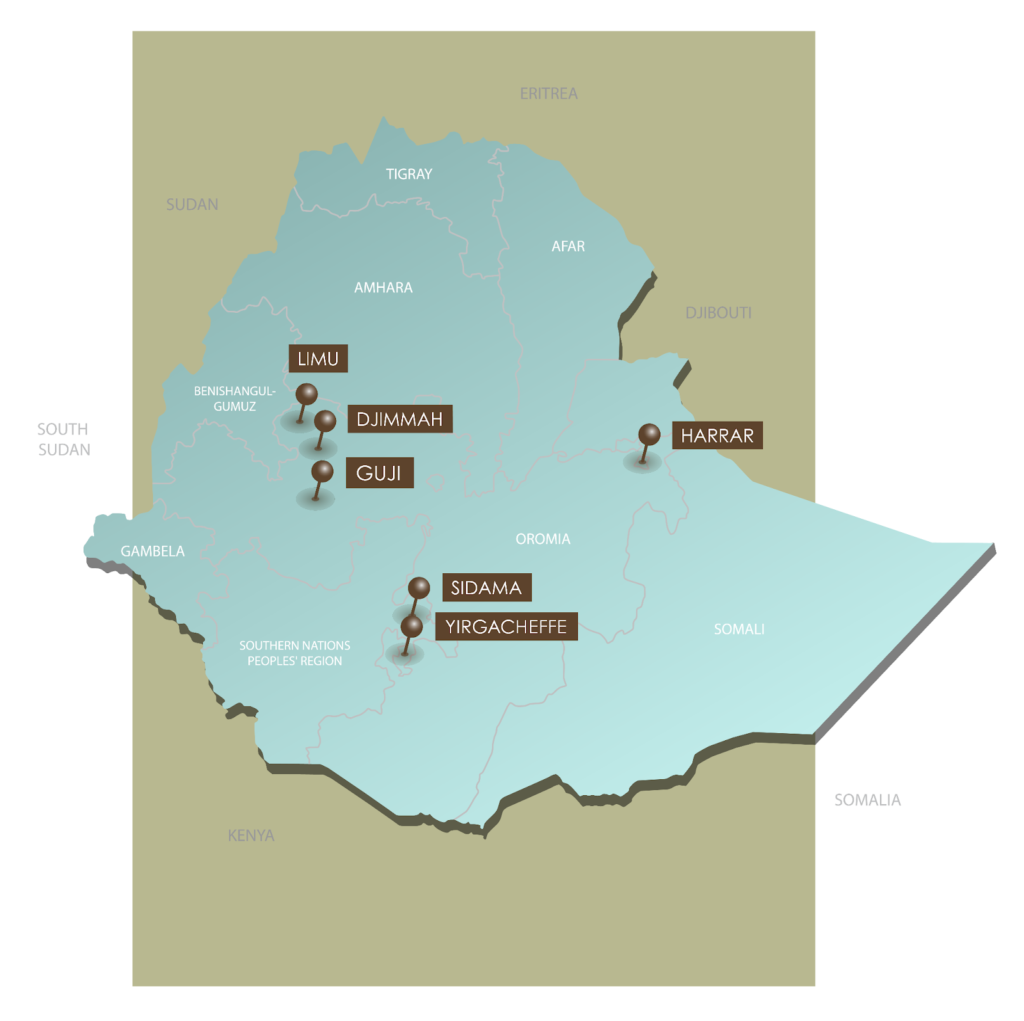
Let’s talk about flavour…
Ethiopian coffee has good flavour, but the specifics depend on the location. Most of its coffee comes from the highlands. Highland coffee takes longer to grow, but the extra time means that more nutrition is absorbed from the soils. Its flavour is more dense and full.
What are the characteristics of specialty coffee?
Green specialty coffee has no primary defects, and no more than three secondary defects. Five immature beans (secondary defects), for example, count as one full defect, and specialty coffee of Grade 1 is allowed 0 – 3 of full secondary defects. In addition, roasted specialty coffee doesn’t contain any quakers (immature beans).
The final score should equal 80 points or above out of the 100-point Coffee Review scale. A score between 80 and 84.99 points is graded Very Good, while scores ranging from 85 points are considered Excellent. Various parameters exist for fragrance, acidity, flavour, and balance. The cup should be nicely balanced and clean.
What are the biggest challenges for specialty coffee in Ethiopia?
Supply is not the problem, but the prices are higher for specialty coffee, because it takes time and effort to sort and to comply with high standards. That means that commercial coffee is in higher demand, of course.
What are the most common defects in commercial coffee?
Most defects happen in the processing, and they can usually be sorted and removed. One of the most common defects is when immature beans are mixed with the mature ones. This happens during picking, but is easily solved by sophisticated sorting machines.
Overripe beans are also a defect. When unroasted coffee beans have a brown or rust colour, caused by faulty fermentation, improper washing, or over drying, or if they are simply over-ripe, then we call them “foxy beans”.
Damage from pests or diseases is also a defect. Ageing trees are more susceptible to disease. But again, affected beans can be easily sorted.
Lastly, there are “soily” beans, because which picked from the ground and susceptible to fungus, as well as broken beans. These result in low grade samples.

What defects are the most harmful?
The most harmful and serious defects are full black beans. These are brown or black, shrivelled, and with the crack open too wide. This defect can be caused by over-fermentation, over-ripe cherries, and not enough water during cherry development. Such beans can also be damaged by fungus.
Each grade has a tolerable number of defects. Grades 4 and 5 are low grade coffee. Most defects are easily removed with time.
With the expertise of highly qualified staff and fine equipment in both the Ethiopian and Swiss cupping labs, we guarantee a top-quality coffee supply.
RECENT NEWS




